Engaging kindergarteners in the classroom is not only essential for their academic development but also for fostering a lifelong love of learning. As both teachers and parents, we play a crucial role in creating an environment that is stimulating, nurturing, and filled with opportunities for exploration and discovery.
First and foremost, establishing a welcoming environment sets the tone for the entire learning experience. Greet each child with a smile and a warm welcome, making them feel valued and excited to be in the classroom. Providing cozy reading corners with soft cushions and a variety of age-appropriate books encourages children to explore the world of literature at their own pace. Assigning personalized spaces, such as cubbies or areas for their belongings, helps children feel a sense of ownership and belonging in the classroom.
Incorporating hands-on activities is key to keeping kindergarteners engaged and excited about learning. Sensory play, such as finger painting, playdough sculpting, or exploring sensory bins filled with rice or beans, allows children to engage their senses and learn through tactile experiences. Learning centers, featuring areas like blocks, dramatic play, art stations, and science tables, offer children the opportunity to explore different interests and engage in independent or group activities.
Visual aids and props are invaluable tools for enhancing learning and comprehension in young children. Utilizing a visual schedule with pictures helps children understand the daily routine and reduces anxiety about transitions. Props and manipulatives, such as counting bears for math activities or animal figurines for storytelling, make abstract concepts more tangible and engaging.
Movement and music are powerful tools for capturing children’s attention and keeping them actively engaged in learning. Incorporating short movement breaks throughout the day allows children to release energy and refocus their attention. Singing songs, reciting rhymes, and incorporating music into lessons not only make learning fun but also support language development and memory retention.
Fostering collaboration and social skills is essential for helping children develop strong interpersonal relationships and communication skills. Planning group activities that encourage teamwork and problem-solving, such as group art projects or cooperative games, teaches children the value of working together towards a common goal. Role-playing activities provide opportunities for children to practice social skills like sharing, taking turns, and conflict resolution in a safe and supportive environment.
Encouraging curiosity and exploration is fundamental to fostering a love of learning in young children. Taking advantage of outdoor spaces for nature walks and exploration allows children to connect with the natural world and discover new wonders. Embracing inquiry-based learning by encouraging children to ask questions and explore topics that interest them promotes a sense of autonomy and curiosity.
Communication with parents is essential for creating a strong home-school connection and supporting children’s learning and development. Maintaining open lines of communication through newsletters, emails, or parent-teacher conferences keeps parents informed about classroom activities, upcoming events, and their child’s progress. Providing parents with resources and ideas for extending learning at home, such as suggested books, educational apps, or simple activities, empowers them to support their child’s learning journey beyond the classroom.
In conclusion, creating an engaging kindergarten classroom requires a collaborative effort between teachers and parents. By establishing a welcoming environment, incorporating hands-on activities, utilizing visual aids and props, integrating movement and music, fostering collaboration and social skills, encouraging curiosity and exploration, and maintaining open communication with parents, we can create a dynamic learning environment where every child feels valued, supported, and inspired to reach their full potential. Together, we can lay the foundation for a lifetime of learning and growth.
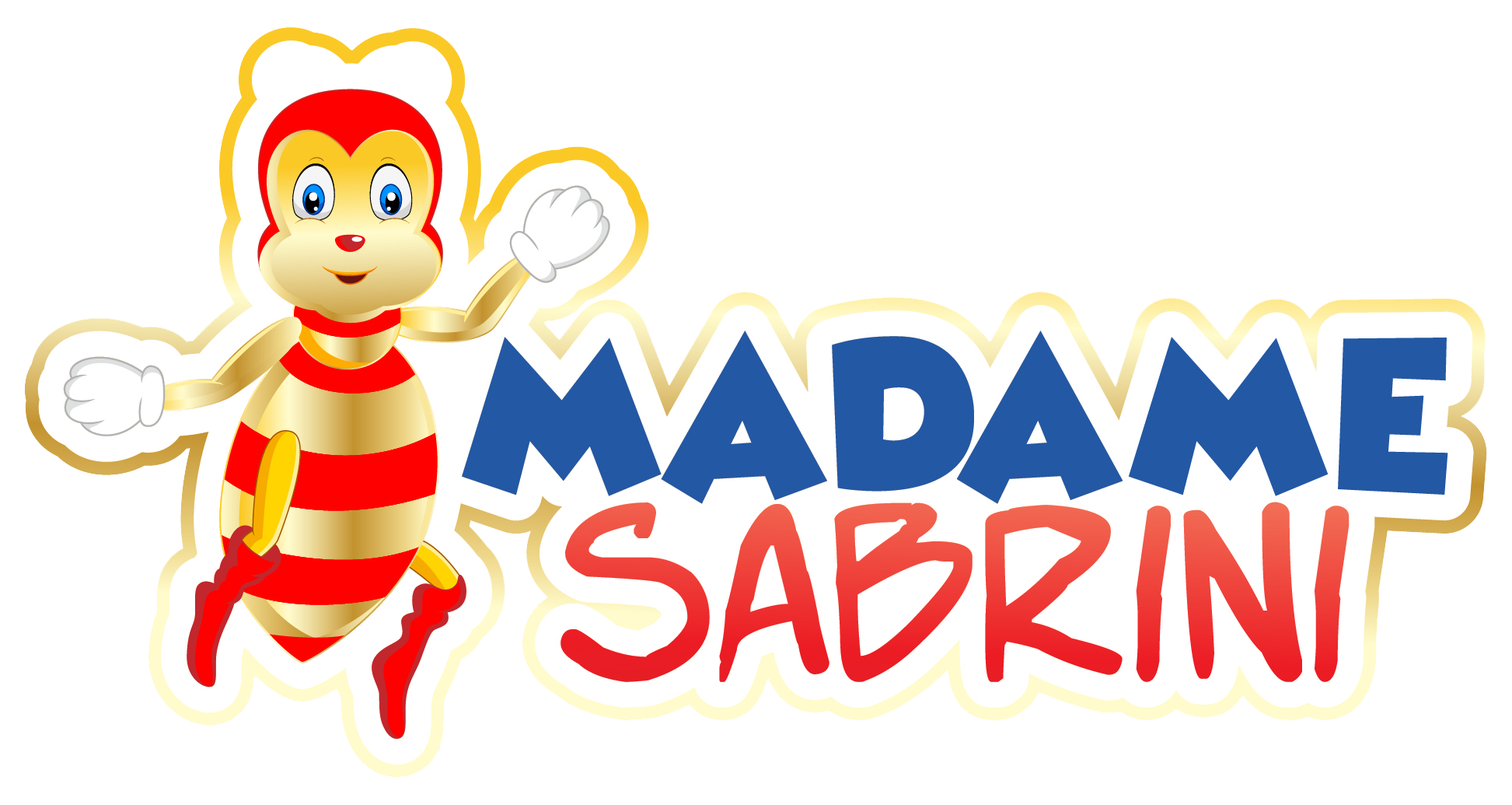
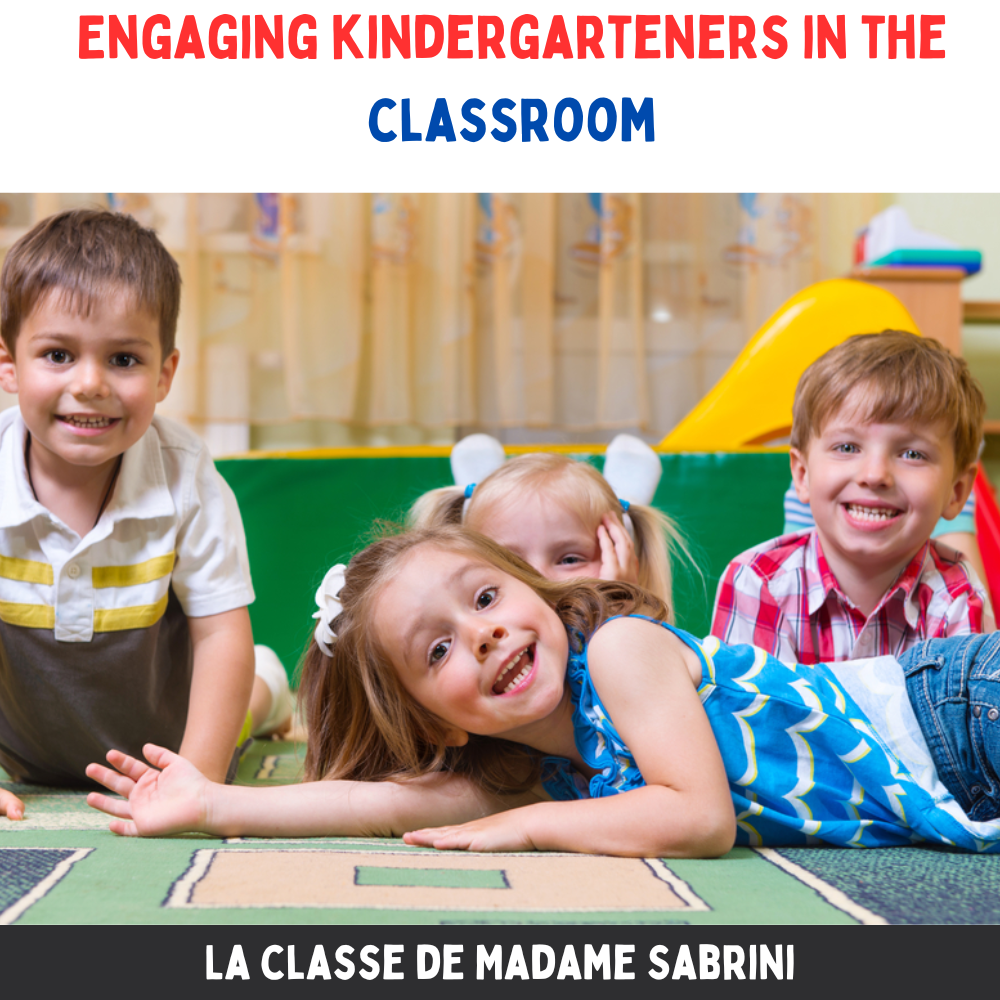
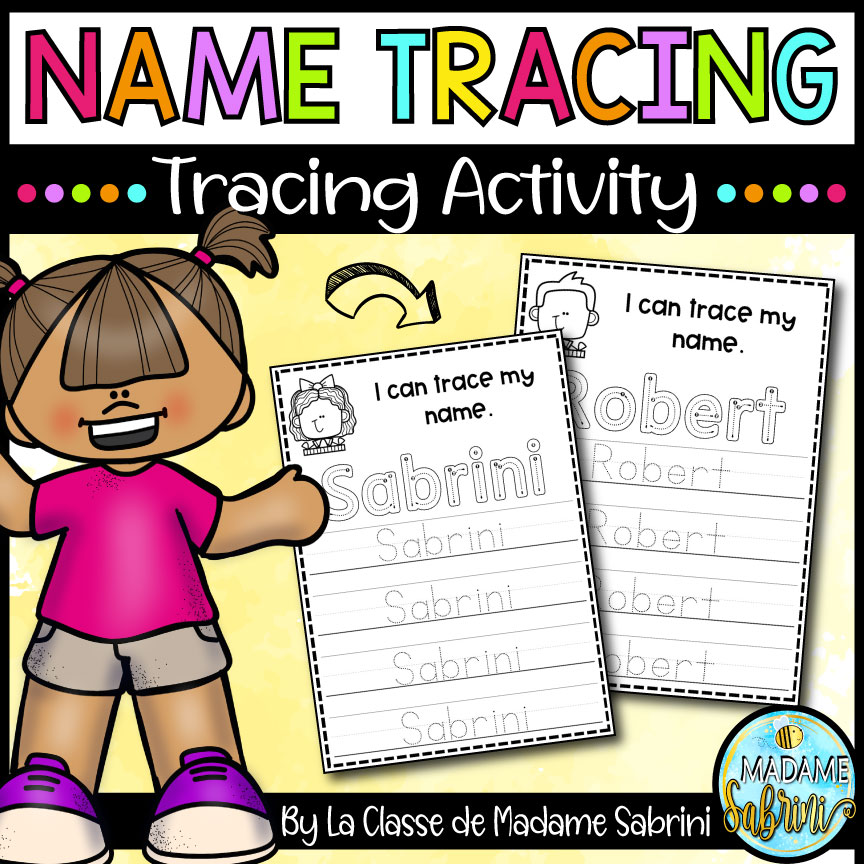

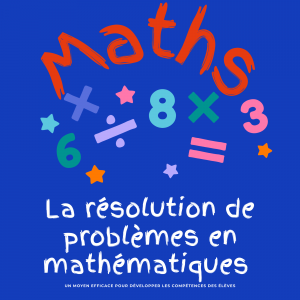
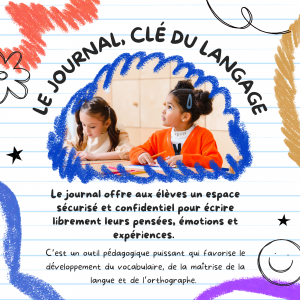
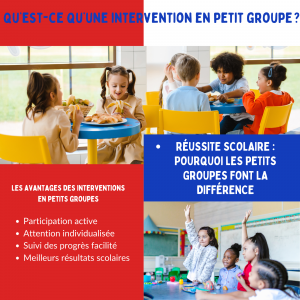
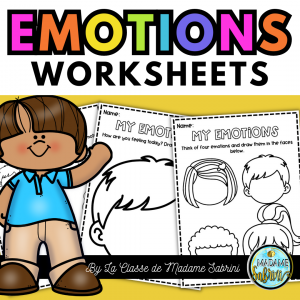
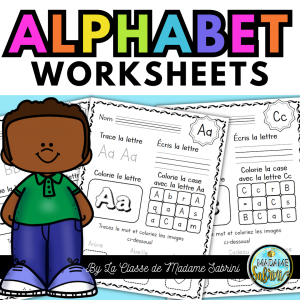
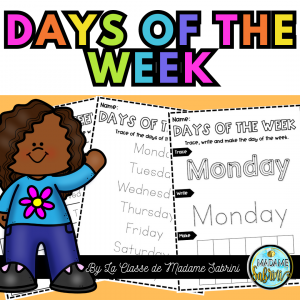
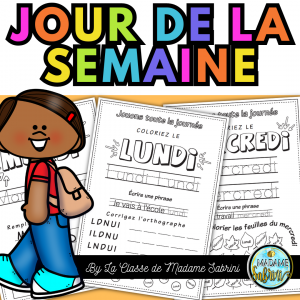

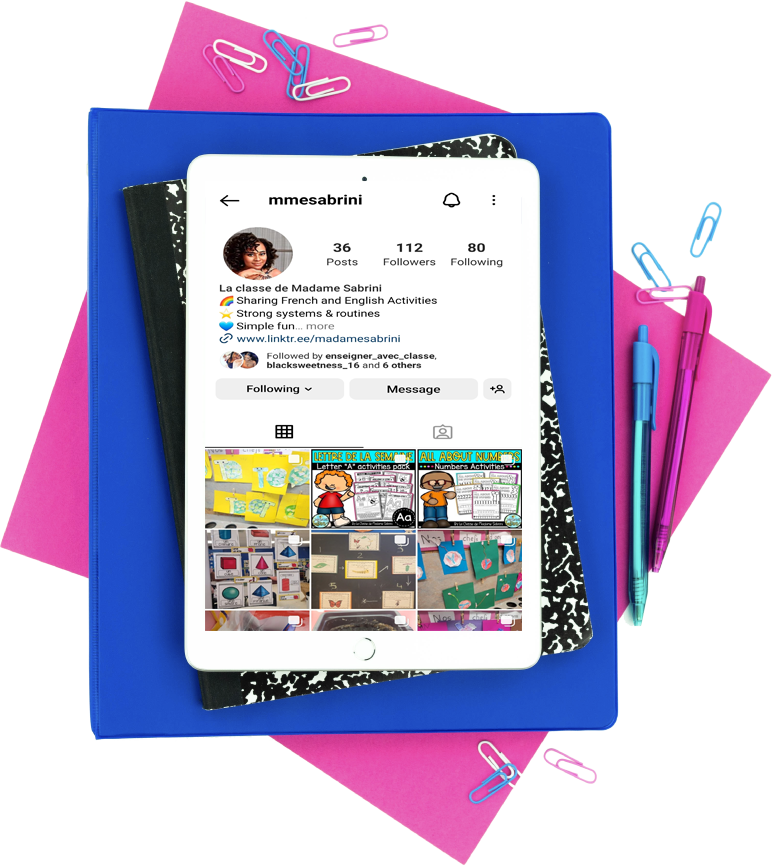

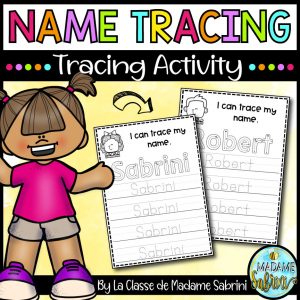
1 Comment
Your comment is awaiting moderation.
prldyl
Your comment is awaiting moderation.
7w3ca2
Your comment is awaiting moderation.
vobl44
Your comment is awaiting moderation.
g466kl
Your comment is awaiting moderation.
49ur5e
Your comment is awaiting moderation.
u2lo43
Your comment is awaiting moderation.
eQsOzlk5Do4
Your comment is awaiting moderation.
8Sv5IFU9BGM
Your comment is awaiting moderation.
hm0g3b
Your comment is awaiting moderation.
pqhdq6
Very interesting topic, regards for putting up.